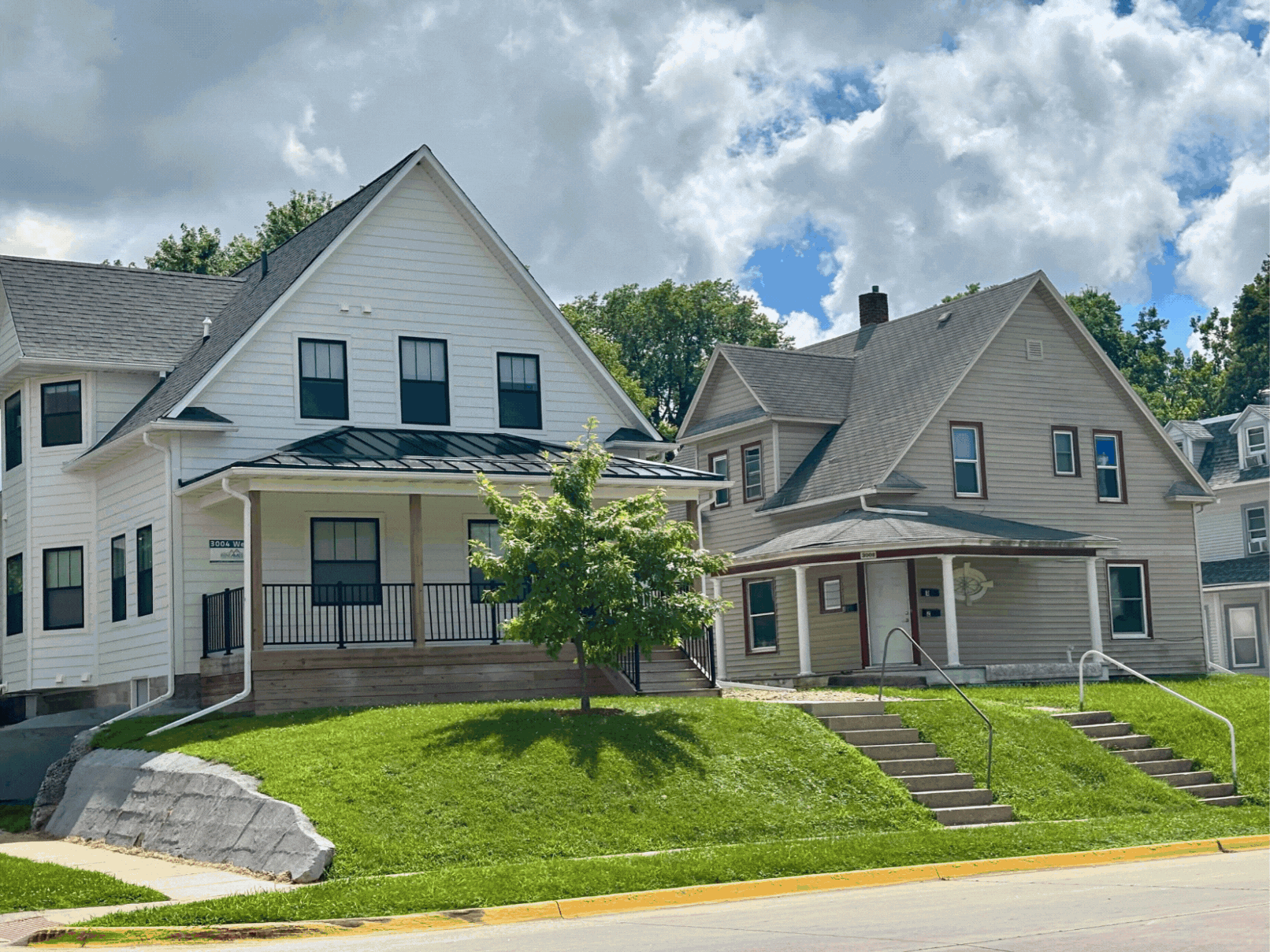Columbus Locals Turn Data into Dialogue
Columbus, Ohio. Photo by Oz Seyrek.
Columbus, Ohio, is widely regarded as a fiscally responsible city. With top-tier credit ratings from every major agency and a growing population, it’s often seen as a model of municipal stability. But for the members of Strong Towns Columbus—a grassroots group advocating for long-term, financially resilient development—that reputation raised a different kind of question: What’s really behind the numbers?
Earlier this week, the group took a major step toward answering that question by organizing a conversation with a local finance expert who walked them through the results from the Strong Towns Finance Decoder. The meeting was an exciting milestone—not just because it brought new insights into the group’s hands, but because it brought those insights into dialogue with decision-makers inside local government. Now they’re more equipped than ever to translate big-picture financial trends into an on-the-ground understanding of what’s working—and what needs to change.
Strong Towns Columbus’ findings after plugging in the numbers into the Finance Decoder 1.0.
Net Debt-to-Total Revenues measures the total liabilities the city owes compared to how much revenue it collects in a year. If the ratio is rising, debt is growing faster than income.
One key takeaway from the conversation was how Columbus’s financial profile differs from that of many other U.S. cities. While most municipalities separate utility services from city government, Columbus operates its own utilities—and even provides water to many surrounding suburbs. As their finance expert explained, this makes the city’s books resemble those of a utility company “that just so happens to have a parks and recreation department, firefighters, and police,” as an organizer for Strong Towns Columbus put it. “I’d be curious to see what this analysis would look like without our utilities,” he added.
This distinction is especially relevant when looking at the city’s Net Financial Position graph in the Finance Decoder, which initially appeared worrisome. On its face, the trend appears negative. But once the group accounted for the unique way Columbus reports utility liabilities, the picture became more nuanced. Many of those liabilities are tied to revenue-generating assets—like water systems—which are structured to pay themselves off over time. That understanding was reinforced by the Debt Repayment Capacity graph, which suggests Columbus is not becoming less able to service its debts.
Still, the group isn’t ready to declare “mission accomplished.” Some indicators left lingering questions—particularly the Average Remaining Life of Assets, which has shown a gradual downward trend in recent years. That prompted further digging. According to the financial expert, asset value isn’t always the best proxy for asset condition, but it’s often the most readily available data for comparing cities. After looking deeper, he found the sharpest declines in asset value occurred in recent years, which may be tied to contractor unavailability. With major construction projects underway—including a new Intel chip plant, data centers, and Ohio State University expansions—Columbus is feeling the squeeze.
That challenge isn’t unique to Columbus, but the group sees it as a potential starting point for a more targeted response to aging infrastructure. “The trend continued to decline over the entire time frame, which is not ideal, but at least some of the causes are identifiable,” Strong Towns Columbus underscored. “This a good lead to solve the problem of aging city infrastructure that might be more straightforward to tackle.”
Their conversation with the finance expert—who works closely with the city auditor—was a product of relationships the group has been quietly building over the past year. The meeting itself lasted over three hours, a testament to how engaged everyone was in the discussion. While much of the time was spent learning from the city’s finance pro, the exchange went both ways: group members also took the opportunity to introduce him to Strong Towns principles—ideas they hope will stick.
It’s part of a broader movement of civic engagement that includes everything from repairing sidewalks and building pocket parks to advocating at public hearings and even constructing DIY bus benches. Through it all, Strong Towns Columbus has kept its focus on the long game: building a city that works for everyone, not just today but 30 years from now.
Strong Towns Columbus and the bus bench they built.
The Finance Decoder didn’t just offer data—it offered direction. And while Columbus may still have questions to answer, the fact that those questions are being asked—with city staff in the room—is a powerful sign of progress.










